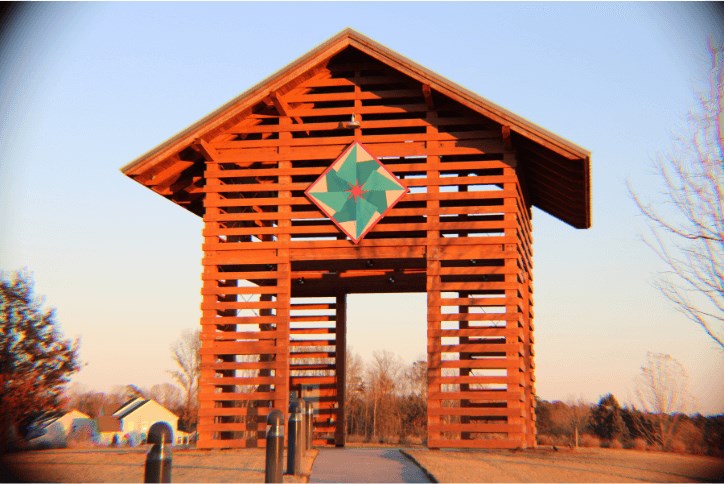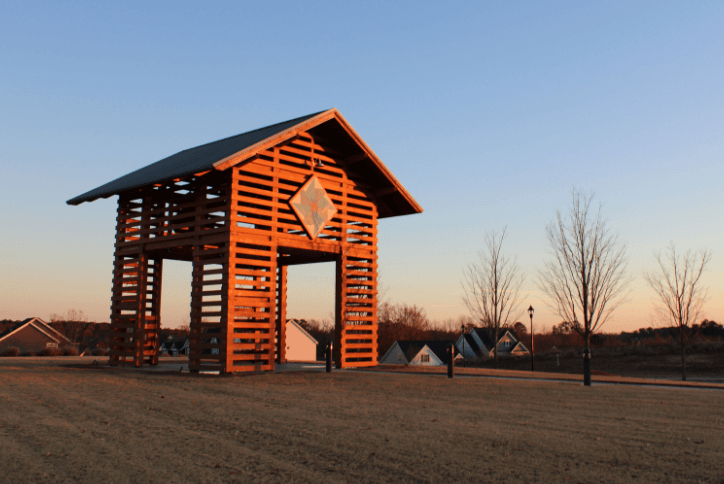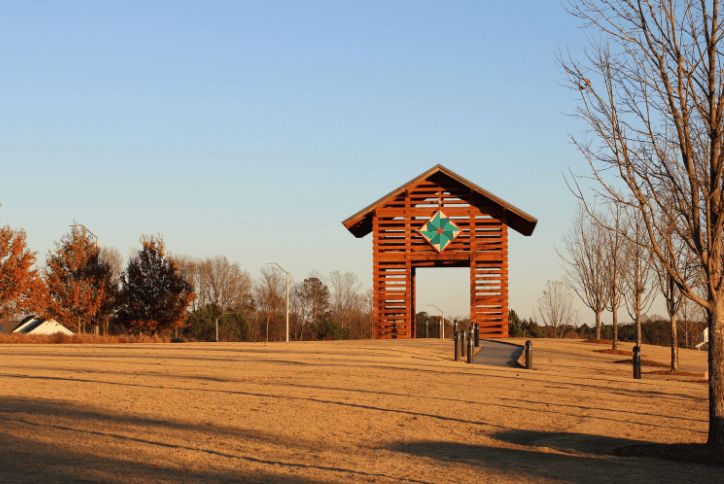
28 November . 2023
Presenting the past: Significance of the Tobacco Barn
The Wendell Falls Tobacco Barn pays homage to over 300 years of tobacco farming history, a key part of the agricultural and economic development of this area. In fact, Sir Walter Raleigh, our capitol’s namesake, was the first explorer to bring the leaf back to Britain.
The first settlers to arrive in North Carolina around 1663 struggled to grow anything other than tobacco in our dry, sandy soil. Since the colonial era, North Carolina’s economy has been fueled primarily by agriculture, and in the 20th century tobacco was the key agricultural product.

Tobacco barns were essential to this industry, used to dry and cure the tobacco leaves before being shipped to auction to be sold for various uses. In the 1950s, there were up to 500,000 tobacco barns in North Carolina. There are an estimated 40,000-50,000 still standing in fields across our beautiful state. Many of the barns are left to deteriorate and decay in the fields, but a select few have been preserved as a part of historic sites like the one located at the Duke Homestead State Historic Site in Durham.
Much of the farming and industrial development of North Carolina was built by tobacco, and two of our 5 largest cities developed as company towns for the world’s largest tobacco companies, Durham & Winston-Salem.

When Wendell Falls was just starting development, the vision for the Tobacco Barn was this: to have a unique community gathering spot that gave a nod to the rich history of these structures in North Carolina. In partnership with the Franklin County Arts Council, we were also able to have our very own quilt pattern commissioned by local artists to join the Quilt Trails of the Tar River project. Learn more about the Quilt Trails project here.

